You’re using your ATV for fun, or your UTV to actually provide utility around a job site, your farm, or your homestead – how much is that costing you in fuel? How much of a gas guzzler is that thing you’re riding on every day?
UTV fuel consumption is something you need to pay close attention to. It can easily get out of hand, and monitoring it on a constant basis could lead to you discovering that something is amiss. We’re going to cover everything you need to know, and more.
Contents
On average, you’re looking at about 15 to 20 MPG for a new ATV, or one that has a couple of years worth of wear and tear on it. It’s all going to depend on how well you maintain it, and the specs of the engine.
You’ll find contradicting answers that say around 10 to 12 MPG, but that’s simply not true. Unless you’re hauling a thousand pounds on the trailer attached to your ATV, while wearing heavy gear and going through the worst conditions possible, you can get a decent MPG.
This is really what we’re here for: a way to save money by keeping your fuel consumption to an all-time low.
Basically, you want to optimize your ride to keep as much green in your pocket as possible, which is why you should take every precaution. Let’s get into the ways that your fuel consumption suffers, and fixes for them.
This is a broad one, but basically, the entire weight of what you’re carrying. This accounts for your own body weight, so before you hop on your ATV, it’s important to hop on the scale to account for clothing, bags, and any winter gear that’s going to weigh you down.
While there’s no perfect formula to convert user weight to how much additional fuel it costs you, we know that more pressure on the ATV motor will require it to work harder to drive the same distance.
Weight is also going to come down to any ATV or UTV trailer you’re lugging along. While I’m not personally going to weigh every log I move from the edge of the farm, having a ballpark estimate is a good idea.
If you’re bringing something from A to B, you have to account for that weight the entire way. Know the empty weight of your trailer.
This is something you don’t think about. It’s not even about how “good” your brakes are or how tactile they feel when you press them, but more about how you use your brakes.
When you press down on your brakes, you’re bringing your motor to a halt faster than if you just let go of the gas, and let it wind down on its own. It’s stress on the motor in micro forms. Instead of riding fast and stopping short, kill the gas earlier and let yourself roll into place.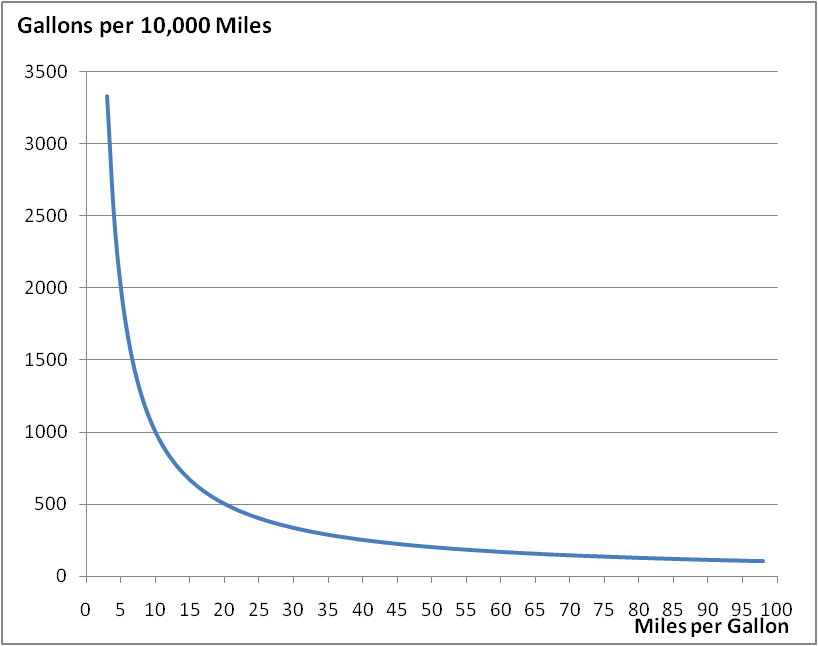
Even if you have to give it a bit of an extra kick, it’s better than stressing out the motor, because that will lead to worse fuel consumption in the future. That, and you’re not applying gas and instead letting the momentum do the work for you. That’s also a big help.
Lower tire pressure means worse fuel consumption. Just like how we talked about letting momentum, when you don’t have the proper pressure in your tires, you’re forcing your motor to do more work to achieve the same results.
When you roll into a stop and let that momentum carry you the rest of the way, it’s important to know you’ll go a lot farther without having to reapply the gas if your tires have the right level of pressure in them.
Depending on where you’re using your ATV or UTV, you should check the tire pressure once a week at the very least. Colder temperatures can cause up to 5% deflation in a single week depending on where you are.
The wind is not your friend when you’re trying to maintain a healthy fuel consumption.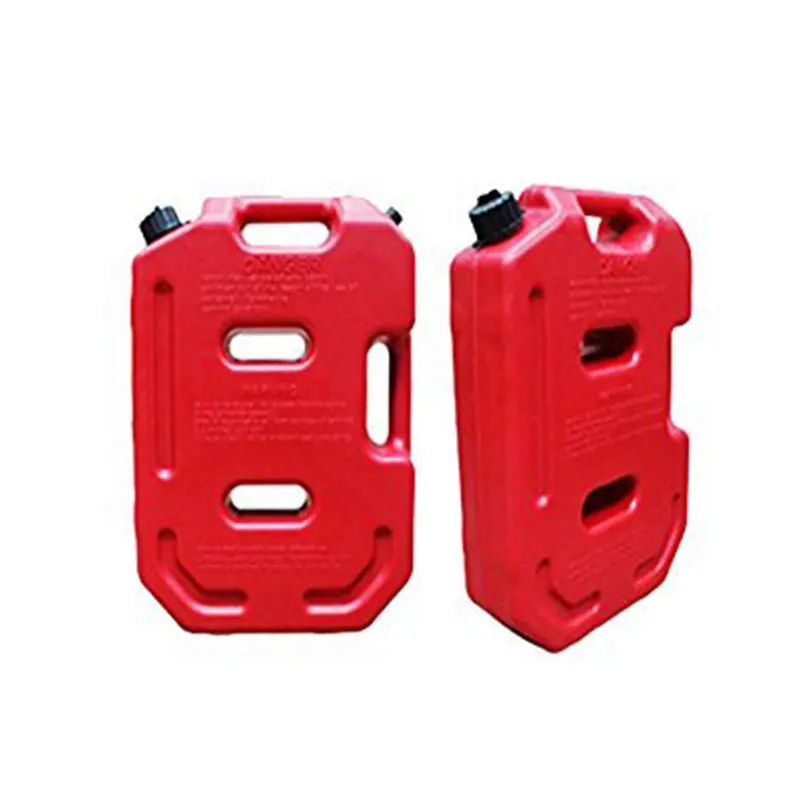 Aerodynamics can’t account for how fast the wind is blowing in your direction, but depending on how aerodynamic your ATV or UTV is, it can glide easier without the wind holding it back.
Aerodynamics can’t account for how fast the wind is blowing in your direction, but depending on how aerodynamic your ATV or UTV is, it can glide easier without the wind holding it back.
Aerodynamics are forgertable because you can’t really see a difference, but they make a large impact on your fuel economy.
When you’re on an ATV, there’s this sense that comes up from within you that tells you to just put the pedal to the metal and rip through the land in front of you.
That’s fun, but it’s not going to do you any favors when it comes to fuel consumption. Ride less aggressively and put less strain on your ATV, and you can go farther with the same amount of fuel.
I know a lot of people who modify their ATVs. When I say modify, I mean they trick it out to no end. They remove things, change out parts, the works. This can be fun, but when an ATV or UTV is designed, it’s built with a specific fuel economy from original parts.
Half the time you’re stuck using aftermarkets unless you have a brand new year model ATV (and then why are you modding it?), so you end up sacrificing performance and fuel economy.
Performance-enhancing additives to your engine is what I’m talking about. While these are mostly just used for your car motor, they can be used in your ATV as well to maintain your fuel efficiency.
This is something you can do once per year with great effect, or even go longer in between them if you only use your ATV at infrequent intervals.
Your engine is everything. If you aren’t taking care of it, then you’re forcing it to do more work to pull you the same distance that it otherwise would have, effectively messing with your fuel economy. Perform engine maintenance as often as possible, without overdoing it.
You’re likely not driving these at a calm speed on a perfect, newly-laid asphalt road. You’re on the dirt. If you have a clear path ahead that doesn’t have many bumps and turns, then you’re going to save more fuel.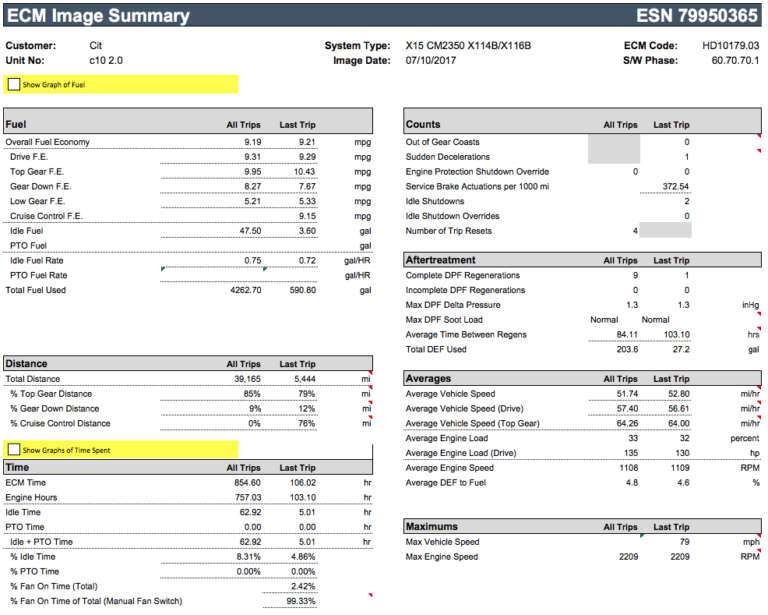
When we hit a rough patch and have to require more from our ATVs or UTVs, we’re burning extra fuel in exchange for momentum. Whether this is just a bump road or a hilly terrain, it will pull more fuel, take you longer to get from A to B, and technically cost you more in the long haul.
Because UTVs are bulkier and designed for hauling things around, they come with a bit more power under the hood.
Manufacturers average about 20 MPG ratings on most new UTVs in 2020, and as far as we know with current technological advancements, that’s going to stay that way for about five years or so.
Just like we mentioned before with our guideline for minimal fuel consumption on your ATV, you can apply the same tricks to your UTV to try and stretch as much of your gas as possible.
Even if you come in with lower speeds in your UTV, you could still be burning a lot of gas and cap out at 20 MPG.
Quite a bit, actually.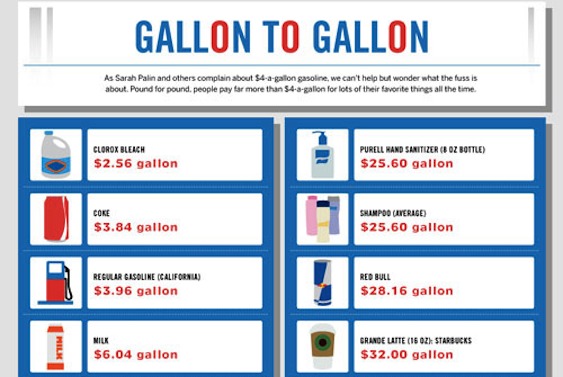 Your motor is going to perform when you tell it to no matter what, so many people get lost in this mindset of “The motor is already engaged” and assume it has less of an impact on your fuel economy.
Your motor is going to perform when you tell it to no matter what, so many people get lost in this mindset of “The motor is already engaged” and assume it has less of an impact on your fuel economy.
The more you expect out of your vehicle, the more it has to do. There’s no magic plateau when you’re using the same amount of fuel no matter what speed you’re going. With an ATV or UTV, you’re most likely just going in a straight path with no traffic or major roadblocks.
That’s good, because you’re going to get the most fuel economy that way. Otherwise, you could burn through more fuel if you were going stop-and-go at a lower speed, since the engine is still on and pulling power no matter what.
Going faster pushes the engine, pulling more fuel. If your Yamaha caps out at 50 MPH, and you’re riding aggressively the entire time, you’re going to burn through your fuel faster.
Try to keep it at an even pace if it’s a UTV, but if it’s an ATV, I can’t really tell you not to take advantage of the full speed and have some fun.
It depends on how fast you want to go. Low range can be extremely effective at conserving fuel, because with low range, you’re putting less power to the wheels.
Thanks to machine efficiency (not just the engine) in newer ATVs, low range is viable. When it was first introduced… not so much.
Low range modes used to seriously cut down on your speed, while only offering an additional 1 to 2.5 MPG in exchange for time. Nowadays, you can see an average of 27 MPG on low range, whereas you might only hit about 19-21 MPG on your high range mode.
This is going to vary from model to model, though. A newer ATV or one with low wear-and-tear on it will most likely benefit from low range mode a lot more than not.
It’s not like you have a fuel efficiency meter in your ATV or UTV, but including the variables I’ve mentioned above, there is one main way that you can monitor your fuel efficiency. You can do this with a GPS or your phone’s location settings.
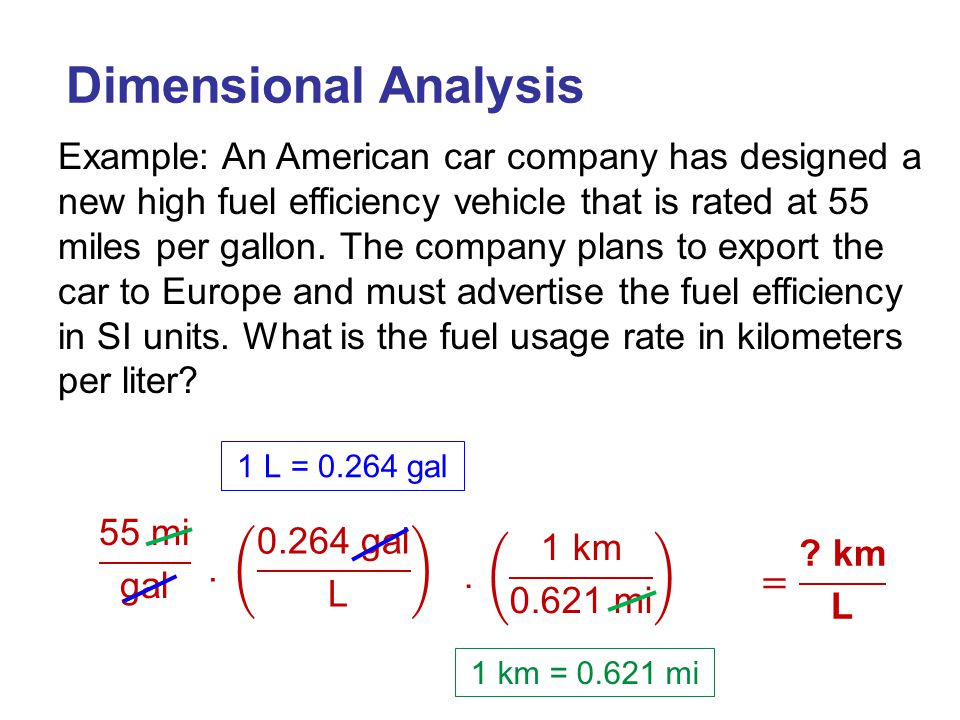
Do this from time to time after ensuring the tires are pumped up, you’re not carrying extra weight, and you’ve had your maintenance at least twice a year. Your fuel economy is going to change slightly over time, so doing this allows you to know when it’s altered.
You don’t want to consume more fuel than is necessary. It comes down to money. You’re likely using your UTV for a reason that follows your career or your livelihood, and that’s great, but if you can save some dollars along the way, then why not do it?
Fuel consumption is getting better, with some ATVs and UTVs getting up to 70 MPG in the current time that we’re seeing gas prices on the decline. Hopefully, we’ll see even better advancements as time goes on.
The price of gas at the pump has risen steadily throughout 2021. You want to maximize your ATV gas budget and get the best possible fuel economy.
What kind of gas mileage can you expect from your ATV? How can you improve your ATV fuel economy?
You can expect to get around 15-20 mpg from a new or almost-new ATV. Some people will say you’re only going to get 10-12 mpg. However, unless you’re hauling heavy loads while wearing heavy gear and driving through tough conditions, you should get decent gas mileage.
Learn more about the factors that determine ATV fuel economy and how you can get the best possible gas mileage.
Table of Contents
Unlike cars and trucks, ATVs don’t have to meet the strict fuel economy standards and regulations from the Environmental Protection Agency (EPA) and other federal agencies. Emissions regulations apply to ATVs, but not fuel economy standards.
The lack of regulation means that ATV manufacturers can design engines for specific purposes. You can find models that excel in areas like work capability, higher payload, or top speed. This is one of the reasons why your gas mileage will vary depending on the type of ATV you ride.
Minimal fuel economy saves you money. No matter what type of ATV you have, the way you drive and maintain your ride can improve your gas mileage.
You’ll recognize many of these tips from the advice you’ve gotten about improving the gas mileage in your car. The principles are very similar.
Carrying a heavier load makes your ATV motor work harder. It requires more fuel. Reducing the load as much as possible will help you get better fuel economy.
The total weight includes your body weight and gear as well as a trailer and its contents if you’re hauling.
Aerodynamics is the way objects move through the air. You get better fuel economy if you have less air resistance.
You get better fuel economy if you have less air resistance.
The way your ATV was designed is a major factor in how aerodynamic it is. The fairings on your ATV are there partly to improve the aerodynamics. You can add or change ATV plastic if you’re not satisfied with the original design.
Aggressive riding puts more strain on your ATV, which makes it burn more fuel. Sport performance ATVs in particular can put out impressive horsepower. This is great for racers who can pit for gas whenever they need to.
For regular riders, backing off the throttle most of the time will help your ATV gas budget go further.
A relatively smooth trail means your engine doesn’t have to work as hard. You use less gas.
Smooth terrain is less exciting, though. You can find a balance between having fun and getting better fuel economy.
If your brake calipers are dragging or the bearings are worn, your ATV is working harder than normal just to keep moving. A worn clutch can have the same effect if your ATV has a manual transmission. Checking your brakes and clutch regularly will help you address any issues.
A worn clutch can have the same effect if your ATV has a manual transmission. Checking your brakes and clutch regularly will help you address any issues.
Uneven tire pressure can significantly reduce your fuel economy. Low tire pressure on the drive wheels has an especially large effect. The motor has to work harder.
Check the manufacturer’s recommended pressure and follow the guidelines. Depending on where you live, you should check the tire pressure at least once a week. Cold weather causes the tire pressure to drop, and hot weather makes it increase.
Fuel-injected ATVs as well as models with a carburetor can benefit from fuel additives that clean the injectors/carburetor. Most automotive additives are intended for use in tanks that are much larger than the tank on an ATV, though. A capful every six fill-ups or so is usually plenty.
Related to questions about ATV fuel economy are questions about how many miles you’ll get for one tank of gas. The gas tank size of ATVs varies by model. Most ATVs have a tank that holds around 3-5 gallons.
The gas tank size of ATVs varies by model. Most ATVs have a tank that holds around 3-5 gallons.
You can find the size of your tank in your owner’s manual. Most manufacturers provide the manual and specs online.
To estimate how many miles you’ll get per tank of gas, multiply your average miles per gallon by the gallon size of your tank.
You want to get the most from your ATV gas budget. Using cheaper gas isn’t necessarily the best way to save money, though. The manual for your ATV will tell you what kind of gasoline is best for it.
Most ATVs can use 87 octane gas. Some models are premium only, though. Ethanol gas is usually okay for newer ATVs as long as the ethanol content is no more than 10%.
2-stroke ATVs almost always need premium fuel. They operate at a higher compression rate, and gas with a higher octane rating will withstand more compression.
Using inadequate fuel in any ATV will lower your performance. You can experience uneven power delivery, erratic engine reactions, and engine knocks.
You can experience uneven power delivery, erratic engine reactions, and engine knocks.
The wrong grade of gasoline will lower your fuel economy.
Lower octane fuel burns easier. Using lower octane gas to save money can actually make you spend more. You go through the gas faster.
Most ATVs get decent gas mileage, so worrying about your ATV fuel economy is a non-issue. The right riding techniques, proper maintenance, and the right fuel mean that you’ll be riding longer and spending less on gas.
Check out our ATV comparison page for more practical information like this. We’ll help you get the most from your ATV.
EN ES PT EN FR
Oops... Javascript not found.
Sorry, JavaScript is disabled or does not support JavaScript in your browser.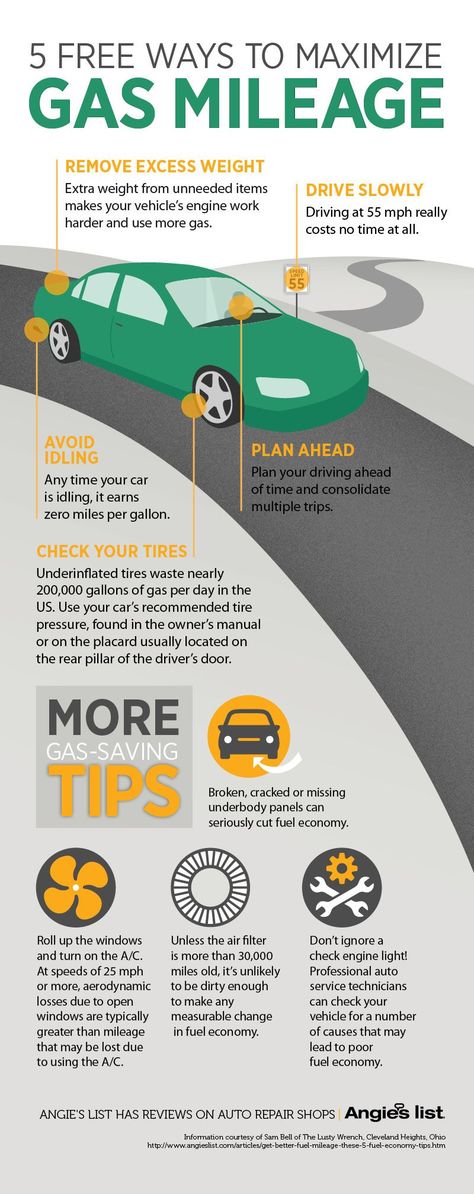
Unfortunately, this site cannot work without JavaScript. Check your browser settings, maybe JavaScript is turned off by accident?
| It's very simple: Need help? x This unit converter is very simple. Truth.
|
| ||||||||||||||||||||||||||||||||